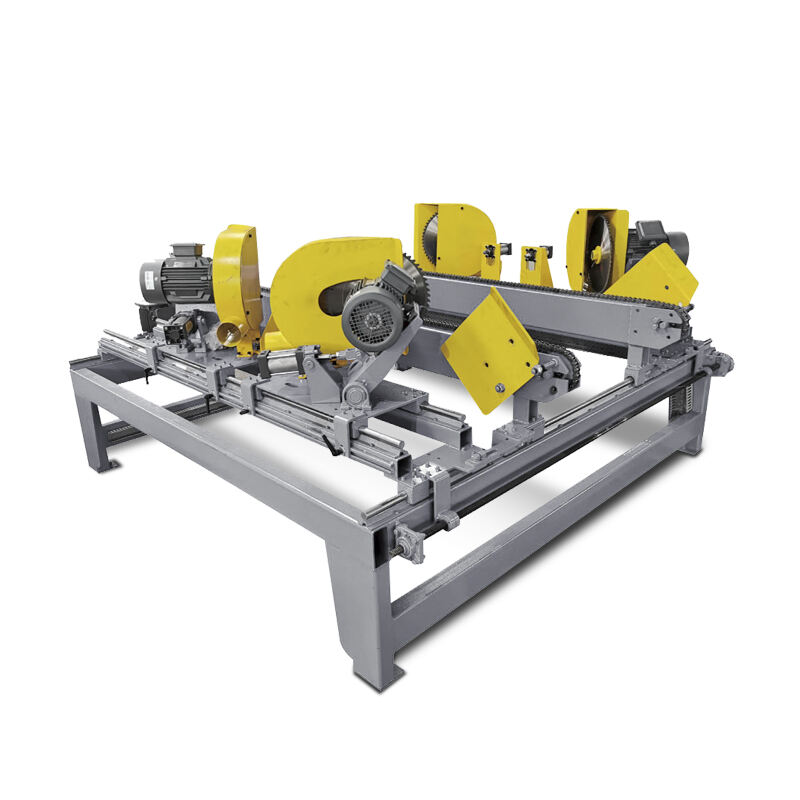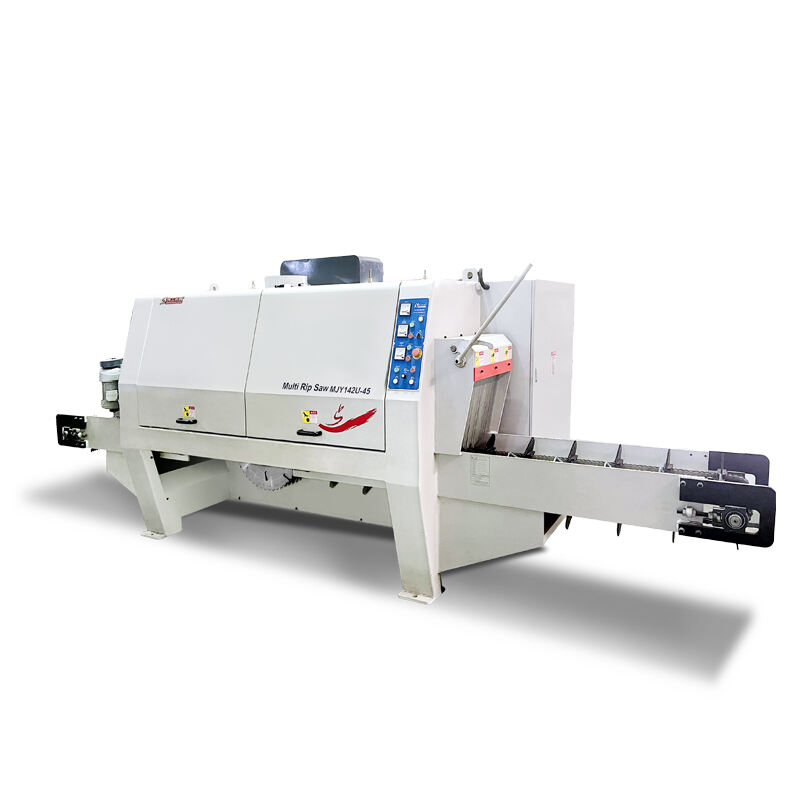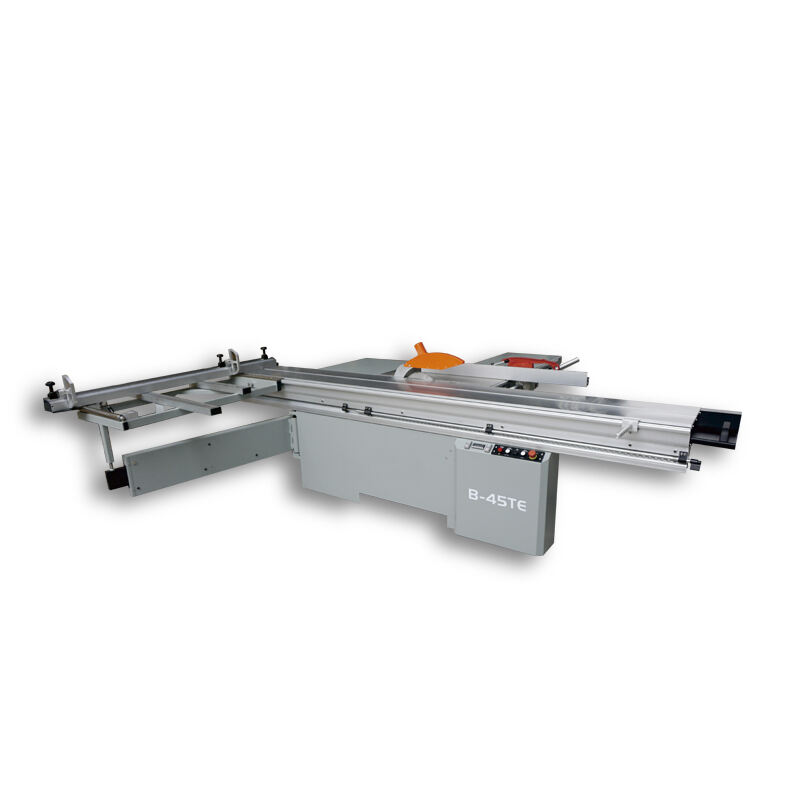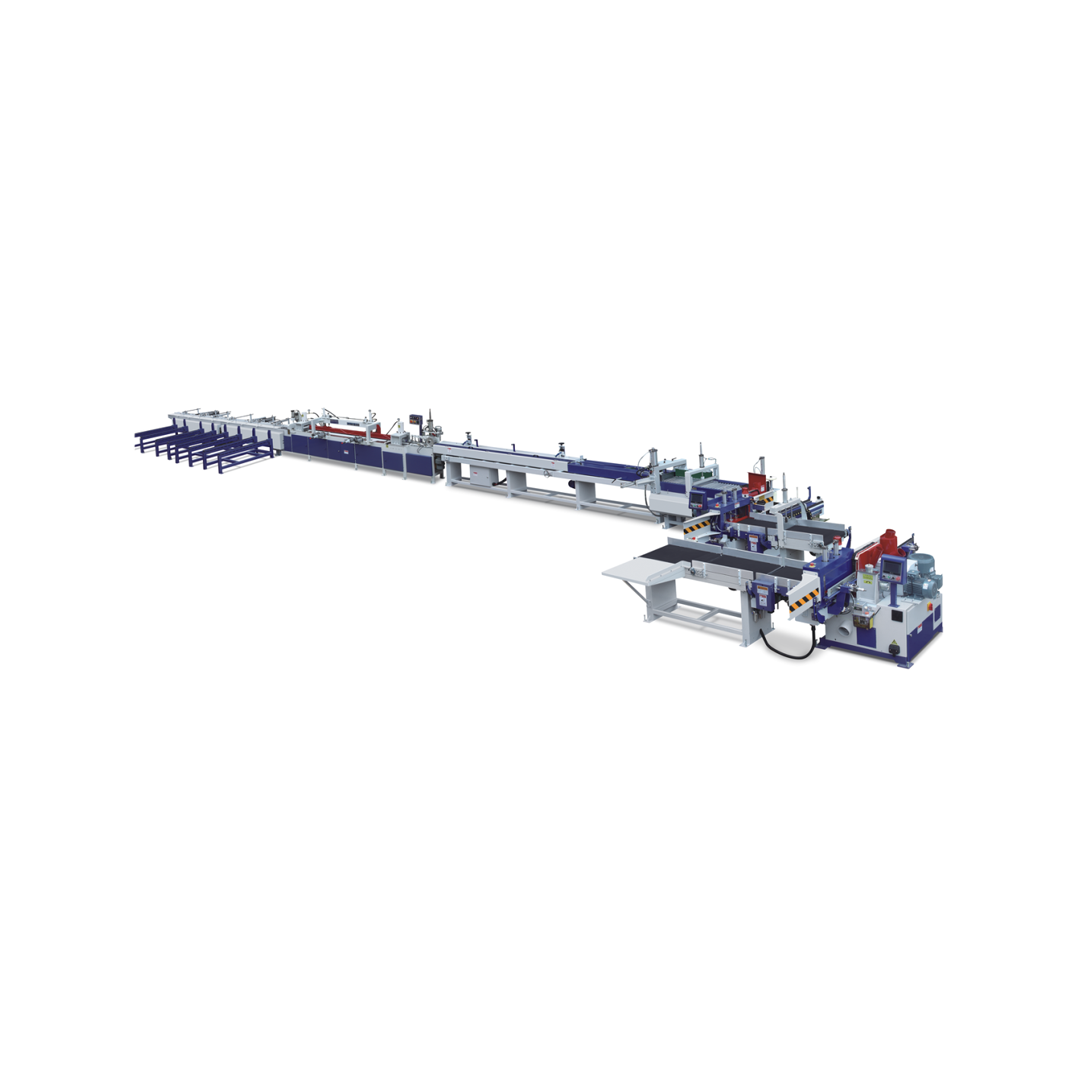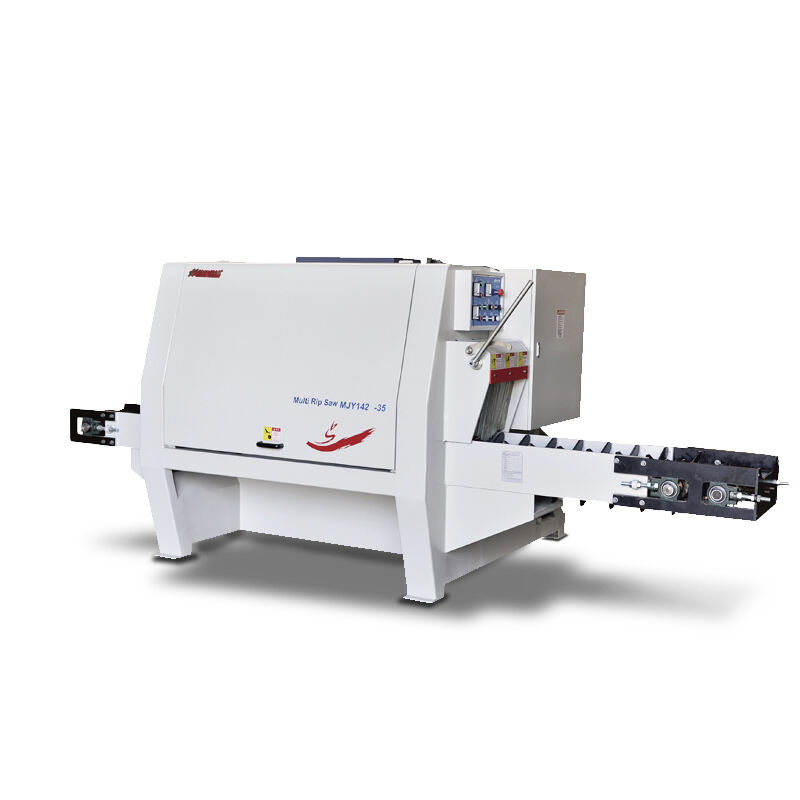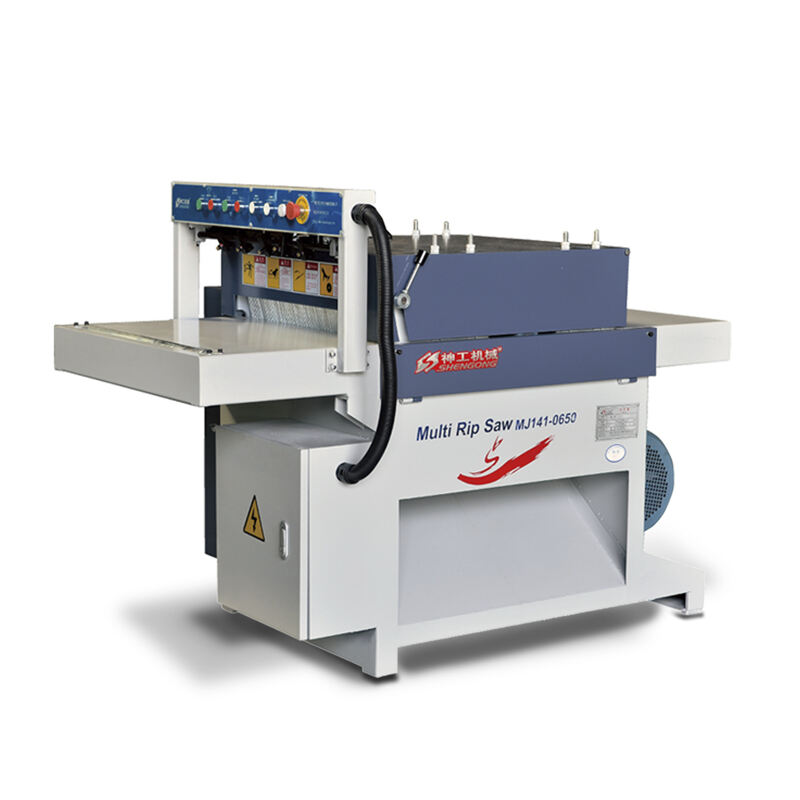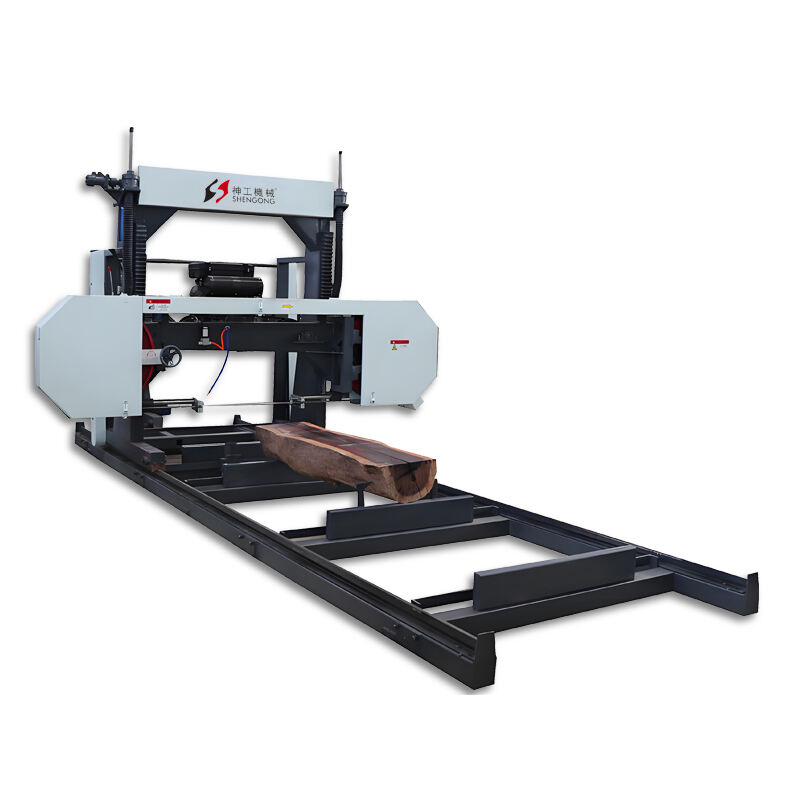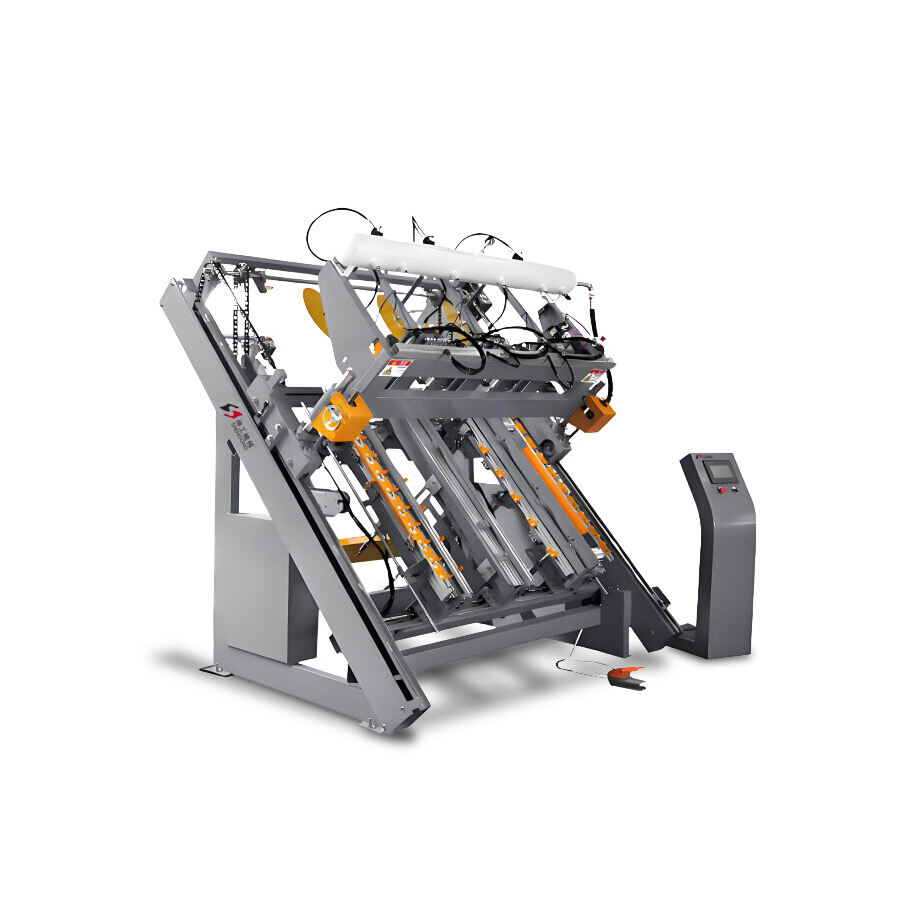Common Problems in Wood Processing
Identifying wood defects is crucial in ensuring the quality of the final product. Common defects include knots, splits, and warping, each affecting wood differently. For instance, a study by the Forestry Commission revealed that knots, which result from branch growth, affect 25% of softwoods, lowering their structural integrity but often enhancing their aesthetic value. Splits, caused by the rapid drying of wood, can compromise strength, while water warping distorts shapes and reduces usability.
Moisture-related issues can severely impact wood processing. Excess moisture not only promotes mold growth but also leads to dimensional instability. According to the USDA Forest Service, the recommended moisture content for interior wood is between 6% and 8%, while exterior wood should maintain around 9% to 14%. Maintaining these levels is essential to prevent defects and ensure longevity.
Processing errors, such as improper saw alignment or incorrect feed rates, are other challenges in the wood industry. These errors can lead to significant waste and inefficiencies. For example, a survey of milling operations found that processing errors can reduce production yields by up to 15%, underscoring the need for meticulous machine calibration and skilled operation.
Finally, tool maintenance challenges cannot be overlooked. Consistent maintenance is essential to keep machinery running smoothly and avoid costly mistakes. When tools like saws or cutters are not regularly serviced, they can perform poorly, leading to increased waste and lower-quality products. Regularly maintained equipment not only enhances efficiency but also prolongs the lifespan of the tools, thus saving costs in the long run.
Solutions for Wood Processing Challenges
Addressing wood processing challenges begins with effective grading and sorting of lumber. Utilizing systems like the National Hardwood Lumber Association (NHLA) grading system ensures minimal defects and improved quality. This process identifies wood characteristics—such as knots and splits—and categorizes them, which helps in selecting suitable materials for specific applications. By adhering to these standards, businesses can enhance their product quality and reduce waste significantly.
Proper drying techniques are crucial in tackling moisture-related issues in wood processing. Methods such as kiln drying and air drying are employed to decrease moisture content, thus preventing mold growth and structural deformations. Each wood species requires specific drying times for optimal results, with hardwoods typically needing longer periods than softwoods. Implementing these drying methods correctly ensures better durability and reliability in the final wood products.
High-quality tools play a vital role in achieving precision in wood processing. Investing in reliable equipment reduces errors and enhances efficiency. When selecting tools, look for features like durability, precise measurement capabilities, and ergonomic designs. Leading brands in the industry offer equipment that stands the test of time, minimizing disruptions and maximizing productivity during the wood processing journey.
Regular maintenance practices for tools and machinery are essential for extending their lifespan and ensuring peak performance. A checklist might include tasks such as cleaning tools after use, checking for wear and tear, and lubricating moving parts. These preventive measures prevent costly repairs and downtime, ensuring your wood processing operations remain smooth and efficient. Regular upkeep not only improves the quality of the end products but also aids in maintaining consistent production outputs.
Effective Tools for Wood Processing
The Wood Pallet Corner Cutter is an innovative tool designed to streamline and enhance the wood processing tasks involved in pallet manufacturing. This tool's primary function is to cut corners of wooden pallets, allowing for precise and efficient processing. It features a robust design that integrates seamlessly into any manufacturing setup, offering an automatic beveling solution that accommodates pallet sizes from 800 to 1300 mm. This versatility makes it a valuable asset for businesses dealing with diverse pallet dimensions.
The Wood Pallet Corner Cutter is equipped with numerous unique features that enhance its functionality. The machine's safety mechanisms are meticulously designed to protect operators while ensuring compatibility with different wood sizes, thanks to its adjustable cutting angles. User testimonials often laud the machine's ease of use and reliability, highlighting how it reduces labor and minimizes processing time. Moreover, experts in the field commend its robust construction and precision, which contribute to optimal wood processing outcomes. By incorporating such efficient tools, wood processors can achieve significant improvements in quality and production speed.
Understanding Wood Processing Techniques
Understanding various sawing techniques is essential for tailoring wood processing to specific needs. Rip saws are primarily used for cutting along the grain, which is ideal for tasks requiring long, straight cuts. Crosscut saws, on the other hand, are designed for cutting across the grain to achieve clean, precise ends. Additionally, the band saw offers versatility, allowing for intricate shapes and curves as it handles diverse wood types effectively. Selecting the appropriate saw is crucial to meet specific project requirements and ensure efficiency.
The drying and milling stages are vital for enhancing wood quality and reducing defects. Proper drying techniques, such as air drying and kiln drying, are essential to prevent warping and cracking. Understanding moisture content control within lumber can substantially enhance the final output. Milling, which includes converting logs into usable pieces, requires precise operations to maintain the wood's integrity. An informed approach to these processes boosts both the quality and durability of the finished wood products.
Once the wood meets its specified dimensions, finishing processes transform it into a durable and visually appealing product. Sanding is a meticulous step aimed at smoothing the surface and eliminating any imperfections. Staining adds depth and rich color to the wood, enhancing its natural beauty while providing additional protection. These finishing touches are crucial, as they not only improve the wood's aesthetics but also significantly extend its lifespan by protecting it from environmental factors.
Preventative Measures to Enhance Wood Quality
To ensure the highest quality in wood processing, selecting quality materials is paramount. Sourcing high-caliber wood sets the foundation for superior end products and influences the entire processing cycle. Industry standards, like those set by the USDA Forest Service or local forestry agencies, provide guidelines to help in selecting the best wood to meet specific needs.
Proper storage of wood is also crucial in maintaining its quality. By controlling humidity levels and avoiding direct sunlight, the risk of wood defects such as warping or cracking is minimized. This ensures the wood remains stable and ready for further processing.
Environmental factors, such as temperature, humidity, and pest exposure, can significantly affect wood's integrity. To combat these issues, strategies such as using pest-resistant coatings and maintaining optimal storage conditions are effective. Regular monitoring and adjustment of environmental conditions offer the best defense, ensuring wood quality and longevity through every stage of processing.
FAQ
What are common defects in wood processing?
Common defects in wood include knots, splits, and warping, which can affect structural integrity and usability.
How does moisture affect wood processing?
Excess moisture can lead to mold growth, dimensional instability, and potential defects in wood products.
Why is tool maintenance important in wood processing?
Regular tool maintenance enhances efficiency, prolongs equipment lifespan, reduces waste, and improves product quality.
What are effective drying techniques for wood?
Effective drying techniques include kiln and air drying, tailored to specific wood species for optimal results.

